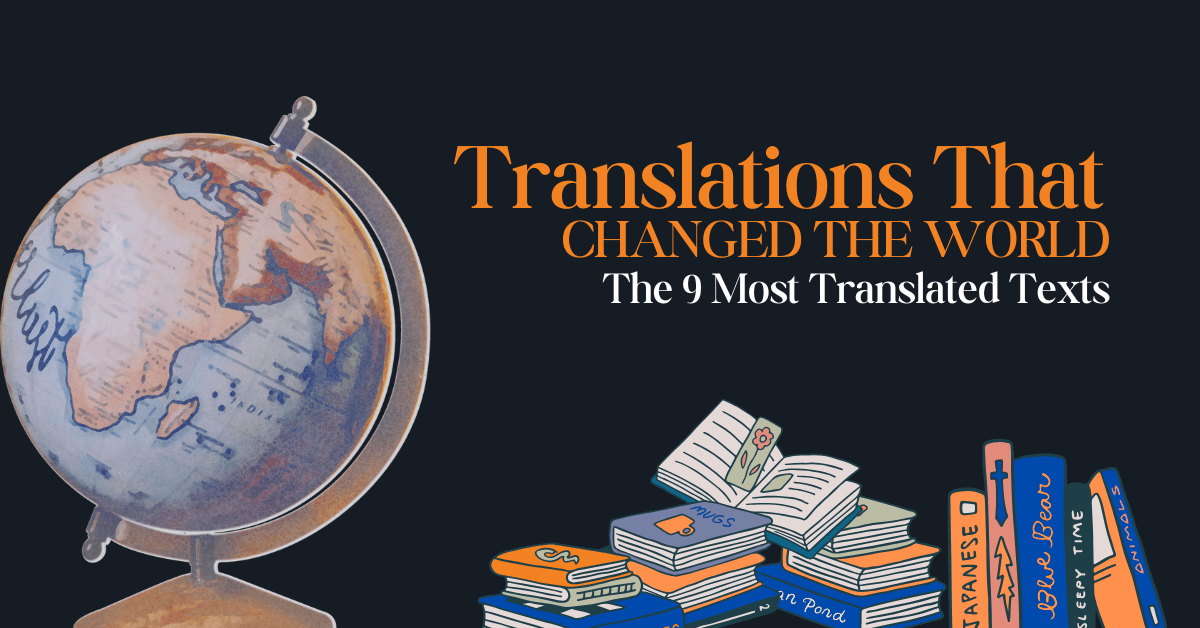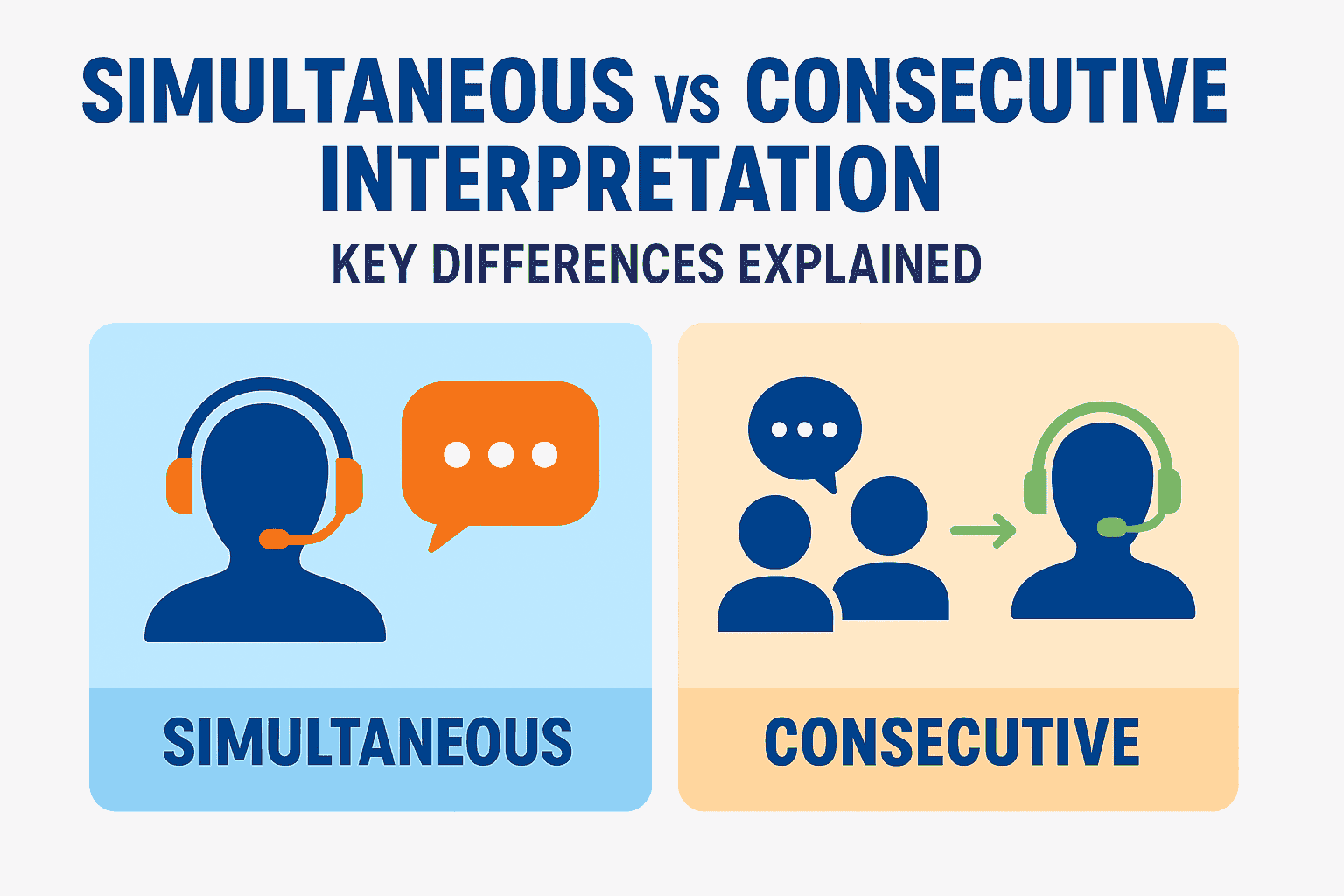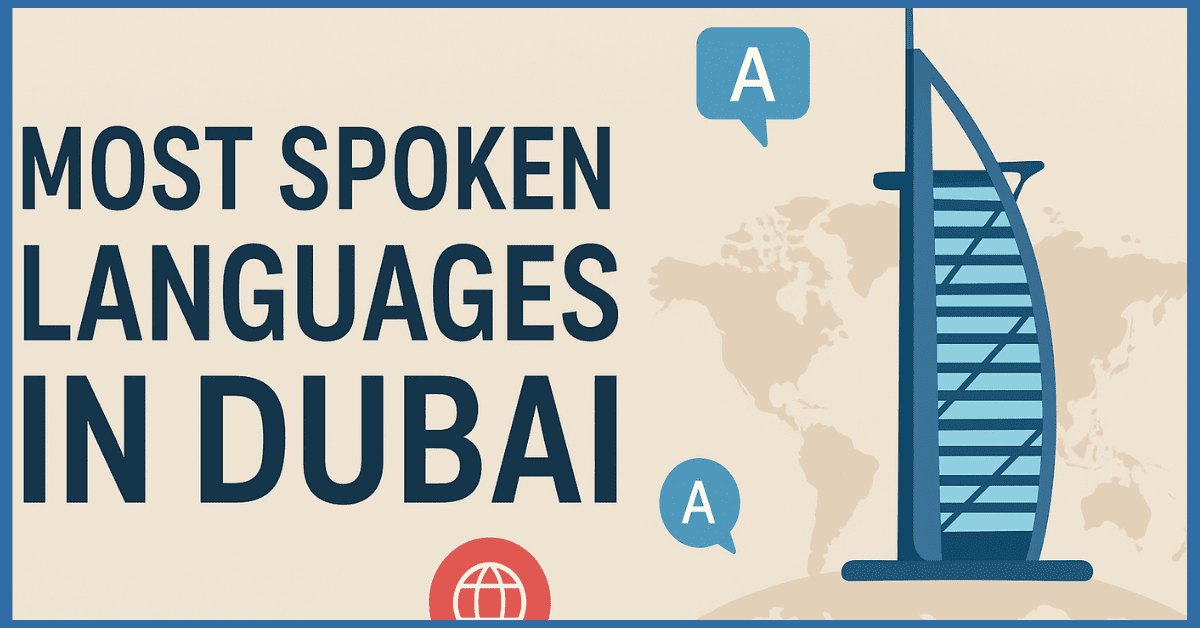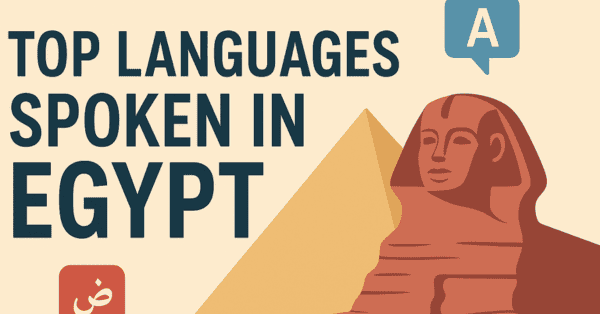
Translations That Changed the World: The 9 Most Translated Texts
Translation has been a link between
civilisations, ideas, and cultures throughout millennia. Translating a work not
only changes languages but also crosses cultural borders, generates fresh
ideas, and frequently alters societies. Reaching billions of readers throughout
many languages and decades, the most translated works in history have had
significant effects on literature, religion, politics, and human rights.
1.The Bible
With total translations in more than 700
languages and partial translations in more than 3,500 languages, the Bible is
the most translated work of human history. The impact of this amazing reach
extends far beyond religious thought, permeating several cultural domains like
as literature, art, law, and moral philosophy. People read and understood
religious writings very differently after the Bible was translated into common
languages, especially during the Protestant Reformation. This caused big
changes in society and politics all over Europe and beyond.
2.The Quran
Although Islamic history has always
stressed reading the Quran in its original Arabic, translations of its meaning
have been critically important in disseminating Islamic ideas all across the
world. Published in more than 100 languages, these translations have enabled
interfaith communication and helped non-Arabic speakers grasp Islamic ideas.
The great care that was taken to keep the original meaning while also making
the text easy to understand has set important standards for religious
translation work.
3.Harry Potter Series
From all the post-modern global
bestsellers, J.K. Rowling’s magical world has been translated in more than
eighty languages. The translation also had its problem such as finding the
right words associated with magic and preserving the Britain culture which at
the same time need to be made understandable to many people. This success
showed that children’s books could indeed travel across the cultural
boundaries, and this contributed to the creation of a cultural phenomenon which
has quickly grown international.
4.The Little Prince
One of the most often translated
nonreligious books, Antoine de Saint-Exupéry's philosophical narrative has been
translated into more than 600 languages and dialects. It’s simple but deep
lessons about love, friendship, and human nature have touched people from all
over the world. Its poetic language has made it hard for translators to keep
the book's delicate balance of childlike wonder and deep wisdom.
5.Alice's Adventures in Wonderland
With its wordplay, puns, and especially
British cultural references, Lewis Carroll's masterpiece has been faithfully
translated into more than 170 languages. As translators have had to reimagine
Carroll's linguistic puns and cultural references while preserving the
whimsical spirit and underlying logic of the novel, these versions reflect
amazing successes in creative adaptation.
6.Don Quixote
Multiple languages have translated Miguel
de Cervantes masterpiece, which is often thought of as the first modern book.
Over 400 years have passed since it was first translated, and each new edition
brings new ideas to the book's complicated themes of idealism, truth, and human
nature. The book has had a significant impact on world literature as its
successful translations help to establish it as a literary form throughout
civilisations.
7.Fairy Tales by Hans Christian Andersen
Among the most often translated literary
works in history, Andersen's fairy tales have been adapted into almost 160
languages. These translations have created a universal language of
storytelling, therefore impacting children's writing all around. The way these
Danish stories have been changed to fit different cultures shows how old
stories can be made relevant to new ones while still keeping their moral and
emotional core.
8.Adventures of Tintin
Hergé pioneered the worldwide propagation
of the comic book form by translating his legendary series into more than 70
languages. Setting new benchmarks for graphic story translation, the
translation problems encompassed not just language but also visual aspects and
cultural references. Through an easily available media, Tintin's adventures
have exposed millions of readers all around to various cultures and historical
events.
9.Universal Declaration of Human Rights
Different from religious and literary
works, the Universal Declaration of Human Rights reflects the common hopes for
justice and dignity of mankind. Remarkably translated into more than 500
languages, it is still the most secular document ever produced. In many
different political and cultural settings, these translations have been
absolutely vital in raising awareness of human rights and setting universal
criteria for human dignity.
Final Thought
The influence of these translated texts is
far-reaching, transcending their respective languages and cultures. Every
translation has been a cultural ambassador, removing obstacles and promoting
harmony amongst numerous individuals. Translations of religious texts have
shaped beliefs, literary works have entertained and educated generations, and
fairy tales have enchanted children all over the world. Translations of human
rights statements have also made the world a better place for everyone. They
show how well translated words can cross boundaries, bring people together, and
produce common cultural events enhancing society overall.
Translators have made these works available
to billions of readers by carefully adapting and thoughtfully interpreting
them. This shows that great ideas and stories can connect with people from all
over the world. As the world becomes more linked, translation plays an even
more important part in sharing information, stories, and values, which helps
people from different countries understand each other better.
Get in touch for a free quote today.



